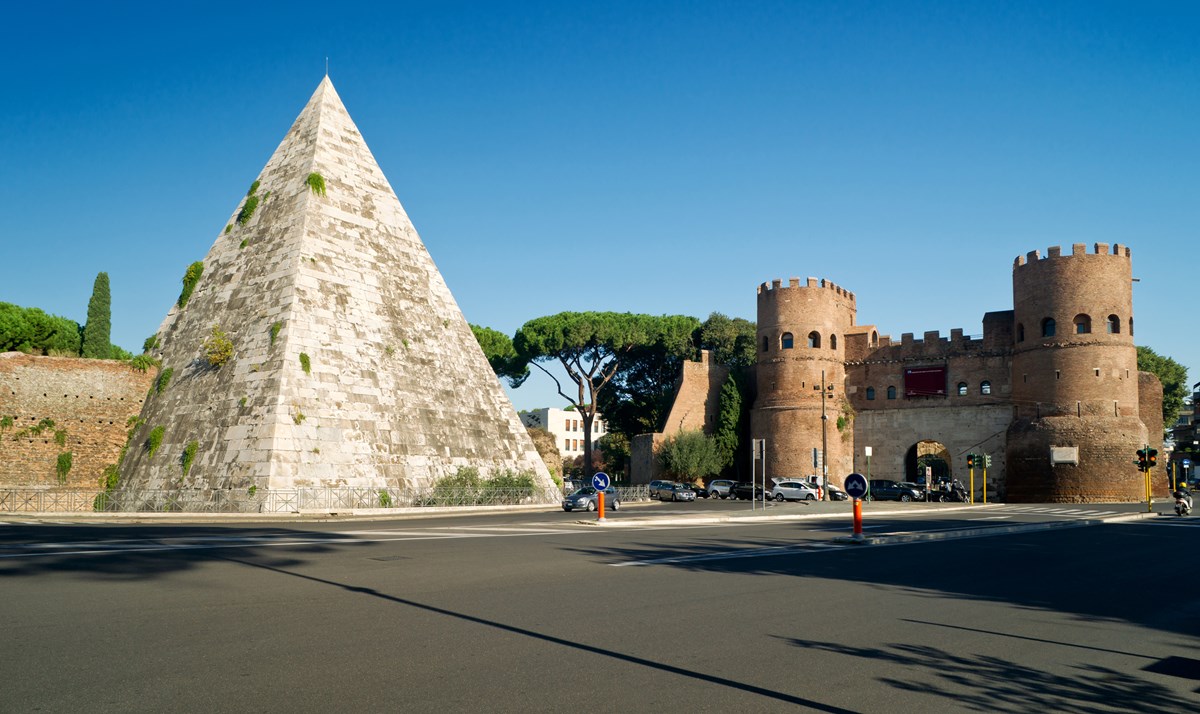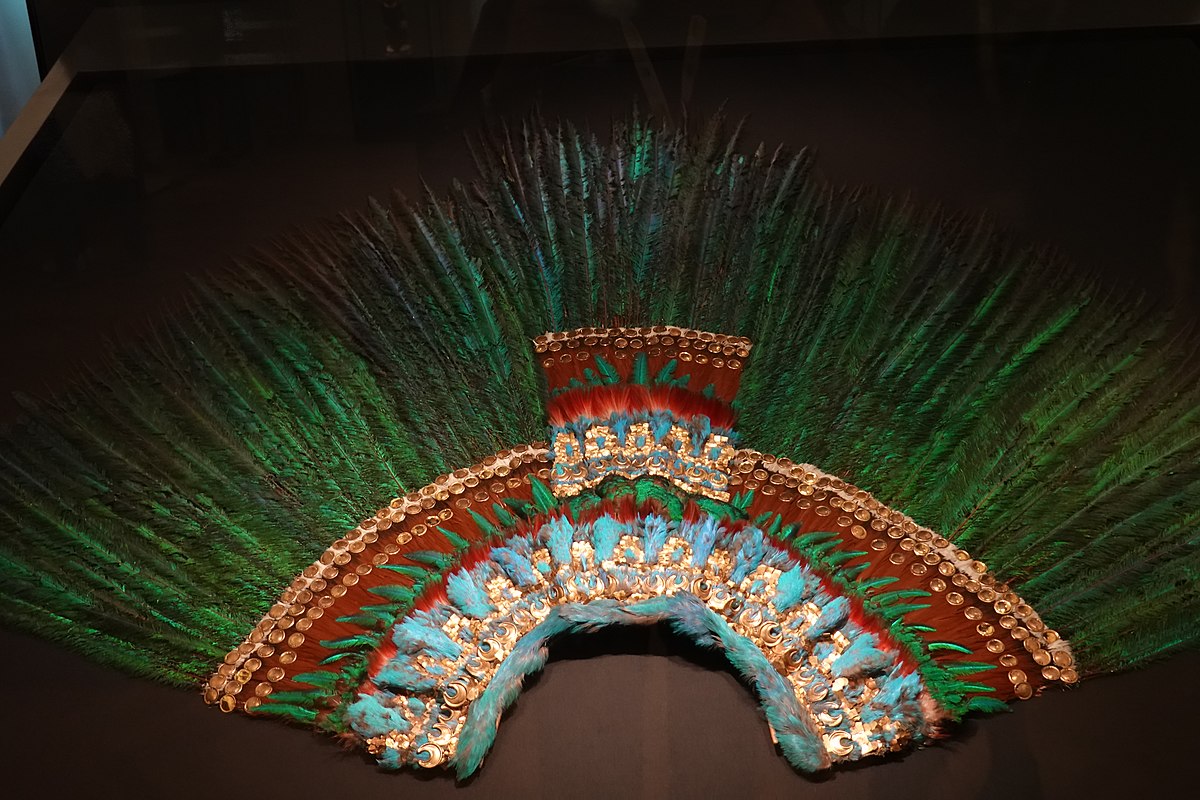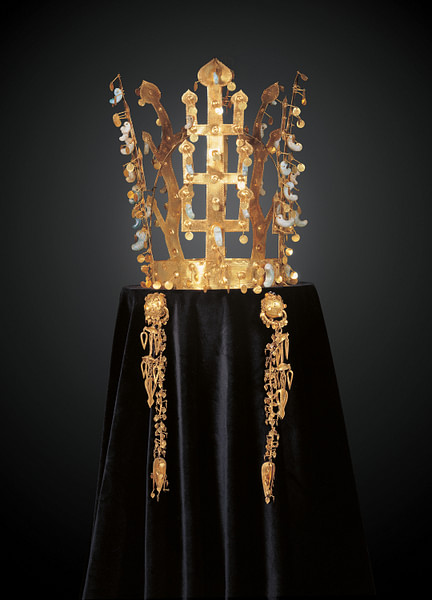Ἄρτεμις
Greek goddess of the hunt
Artemis
The Pyramid of this celestial object, located in the ancient city of Teotihuacan, is the largest structure at the site and is believed to be over 1800 years old.
The Sun
First appearing in Plato's Timaeus and Critias, this legendary island civilization, said to have sunk into the sea, serves as an allegory for the hubris of nations.
Atlantis
No, that's not a bowling pin. It's the Hedjet, the crown of this ancient African kingdom.
Upper Egypt
Revered as the "Father of History," this Greek scholar is renowned for his work The Histories, which details the events of the Greco-Persian Wars and the figures involved.
Herodotus

Ancient Levantine deity worshiped in the kingdoms of Israel and Judah
Yahweh
The largest of the three Pyramids of Giza, the aptly named "Great Pyramid" was built as the tomb for this Old Kingdom monarch c. 2600 BCE.
Khufu
First chronicled by Spanish colonizers in the 16th century, this legendary city of gold was said to lie hidden somewhere in the heart of South America. Of course, the validity of these claims is highly disputed.
El Dorado
Throughout Mesopotamian history, this type of crown, a symbol of divinity, was worn by the gods (and a couple of kings) in religious art.
Horned Crown
Most scholars believe that writing first emerged around 3200 BCE in this ancient site, which, fun fact, was likely the first city in the world.
Uruk
𒀭𒌓
Mesopotamian god of the sun
Shamash
Once a thriving city of the ancient Kushite kingdom, this site in modern-day Sudan is renowned for its more than 200 pyramid tombs—many of which had their tops blown off in the 19th century by an Italian explorer hoping to find gold. (Spoiler alert: he didn’t.)
Meroë
This city was once the capital of the Akkadian Empire (2334 – 2154 BC) but has since disappeared without a trace. According to ancient Mesopotamian sources, this fall from grace was divine punishment.
Agade
In Macedonian tradition, elite figures were buried wearing golden crowns designed to resemble the leaves of this tree, long associated with victory and honor.

Oak Tree
Ilimilku, a scribe from the ancient city of Ugarit, is credited with writing our only surviving complete copy of this literary epic detailing a certain Canaanite deity's struggle for the royal throne of the gods.
Baal Cycle
𓏏𓄿𓅨𓂋𓏏𓆗
Egyptian goddess of childbirth
Taweret
In 12 BCE, this Roman magistrate commissioned the pyramid-shaped tomb shown here. According to an inscription inside the tomb, it was completed in just 330 days.

In the Abrahamic religious tradition, these two legendary cities were among the five "cities of the plain" and were supposedly destroyed by God for their wickedness.
Sodom and Gomorrah
Moctezuma’s headdress, believed to have belonged to the Aztec emperor Moctezuma II, features ornate gold work and the green feathers of this sacred Mesoamerican bird.

Quetzal
Enheduanna, the first named author in history, lived in Ur between 2286 and 2251 BCE and held this prestigious title.
Priestess of Sin

Mayan god of rain
Chaac
The Prasat Thom temple at Koh Ker, located in this modern-day country, was constructed by the rulers of the Khmer Empire around 900 CE.
Cambodia
According to ancient Buddhist and Hindu texts, this mythical Himalayan kingdom is a paradise of harmony and tranquility. Hint: In Sanskrit, its name means "place of peace."
Shambhala
Lavishly adorned with gold and jade, the royal crowns of this Korean kingdom showcase the opulence and craftsmanship of the Three Kingdoms period, spanning the 1st century BCE to the 7th century CE.

Silla Kingdom
The 'Instruction' of this Egyptian scribe, written in 30 chapters during the New Kingdom, is among the most famous works of Egyptian wisdom literature and is thought by some scholars to have directly inspired the biblical Book of Proverbs.
Amenemope
